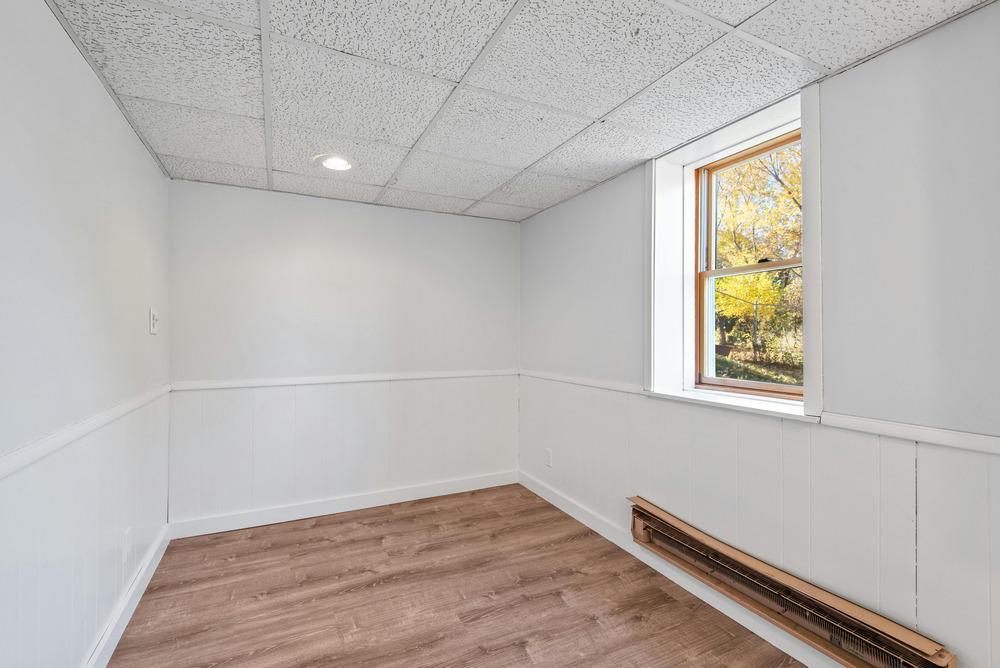When it comes to reducing energy costs, homeowners often think of upgrading appliances, improving insulation, or installing solar panels. However, one often overlooked yet highly effective solution is energy-efficient siding. High-performance siding materials can significantly reduce heat transfer, keeping your home cooler in the summer and warmer in the winter—ultimately lowering your utility bills.
In this article, we'll explore how energy-efficient siding works, the best materials available, cost savings, and key statistics to help you make an informed decision.

How Energy-Efficient Siding Works
Energy-efficient siding acts as a thermal barrier, reducing the amount of heat that escapes in the winter and enters in the summer. This means your HVAC system doesn't have to work as hard, leading to lower energy consumption and reduced utility bills 💰.
Key Benefits:
✔ Improved Insulation – Minimizes heat transfer
✔ Lower Energy Bills – Reduces HVAC workload by up to 20%
✔ Enhanced Durability – Resists weather damage better than traditional siding
✔ Increased Home Value – Buyers prefer energy-efficient homes 🏡
Top Energy-Efficient Siding Materials
Not all siding materials are created equal. Some provide superior insulation and energy savings. Below is a comparison of the best options:
Table 1: Comparison of Energy-Efficient Siding Materials
| Material | R-Value (Insulation) | Avg. Cost per Sq. Ft. | Lifespan | Energy Savings |
|---|---|---|---|---|
| Vinyl Siding | 0.61 - 0.92 | $2 - $7 | 20-40 years | 10-15% |
| Fiber Cement | 0.50 - 0.70 | $5 - $12 | 30-50 years | 8-12% |
| Insulated Vinyl | 2.0 - 4.0 | $4 - $10 | 30-50 years | 15-20% |
| Metal Siding | 0.00 - 0.50 | $3 - $14 | 40-60 years | 5-10% |
| Engineered Wood | 0.80 - 1.20 | $6 - $12 | 20-30 years | 10-15% |
🔹 Insulated vinyl siding is the best performer, offering the highest R-value and energy savings.
🔹 Fiber cement is durable but provides moderate insulation.
🔹 Metal siding is long-lasting but has poor thermal resistance unless paired with insulation.
How Much Can You Save with Energy-Efficient Siding?
The exact savings depend on your climate, home size, and current insulation. However, studies show that upgrading to energy-efficient siding can lead to significant cost reductions:
Table 2: Estimated Annual Savings by Siding Type
| Siding Type | Avg. Annual Savings (Cold Climate) | Avg. Annual Savings (Hot Climate) |
|---|---|---|
| Standard Vinyl | $150 - $250 | $100 - $200 |
| Insulated Vinyl | $300 - $500 | $250 - $400 |
| Fiber Cement | $200 - $350 | $150 - $300 |
| Engineered Wood | $250 - $400 | $200 - $350 |
📌 Key Takeaway: Homes in colder climates see higher savings due to reduced heat loss.
📌 Insulated vinyl siding provides the best return on investment, saving up to $500 per year in energy costs.
Additional Ways to Maximize Energy Efficiency
While siding plays a major role, combining it with other energy-saving measures can boost your savings even further:
✅ Seal Gaps & Cracks – Prevents drafts and improves efficiency 🌀
✅ Add Insulated Sheathing – Enhances thermal performance
✅ Choose Light Colors (Hot Climates) – Reflects sunlight and reduces cooling costs ☀️
✅ Install Energy-Star Rated Windows – Complements siding for better insulation
Long-Term Financial Benefits
Beyond monthly savings, energy-efficient siding offers long-term financial advantages:
🔸 Higher Resale Value – Energy-efficient homes sell for 3-5% more than standard homes.
🔸 Tax Credits & Rebates – Some regions offer incentives for energy-efficient upgrades.
🔸 Lower Maintenance Costs – Durable materials reduce repair expenses over time.
Final Thoughts
Investing in energy-efficient siding is a smart financial decision that pays off in lower utility bills, increased comfort, and higher home value. Whether you choose insulated vinyl, fiber cement, or engineered wood, the right siding can make a big difference in your home's energy performance.
💡 Pro Tip: Before making a decision, consult with a professional contractor to assess your home's specific needs and maximize savings!
Would you consider upgrading your siding? Let us know in the comments! ⬇️




